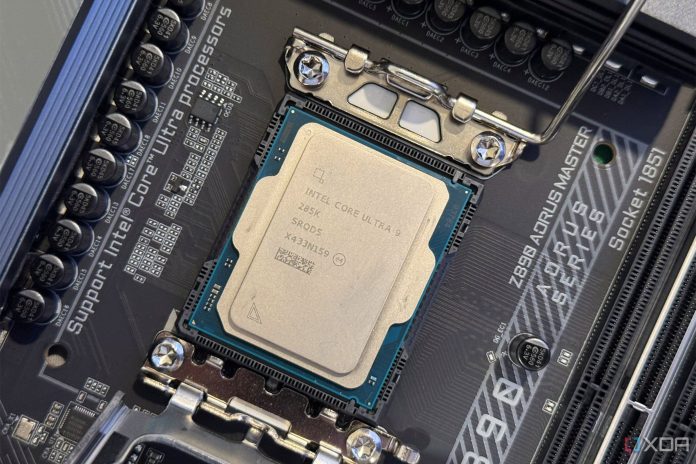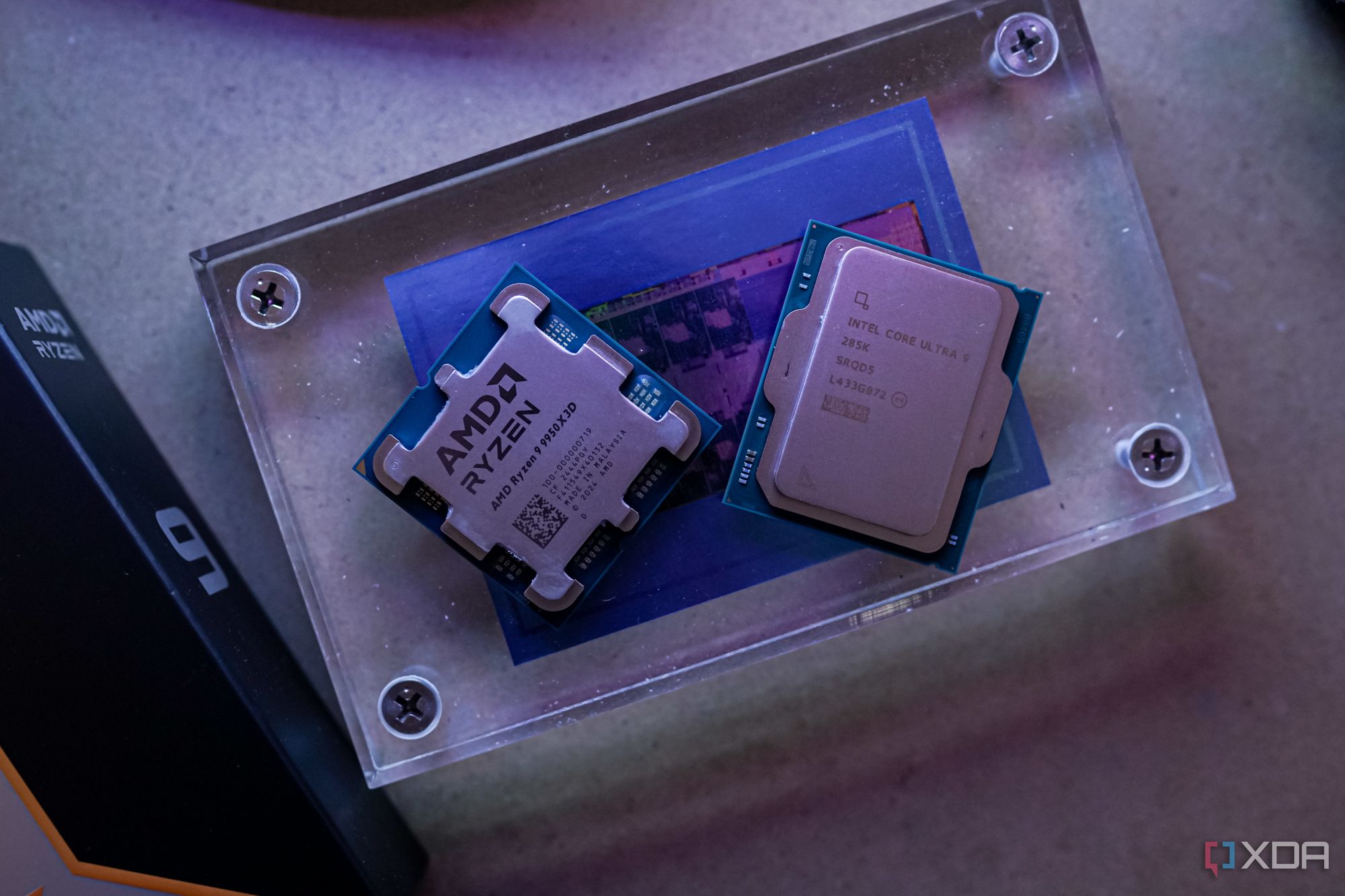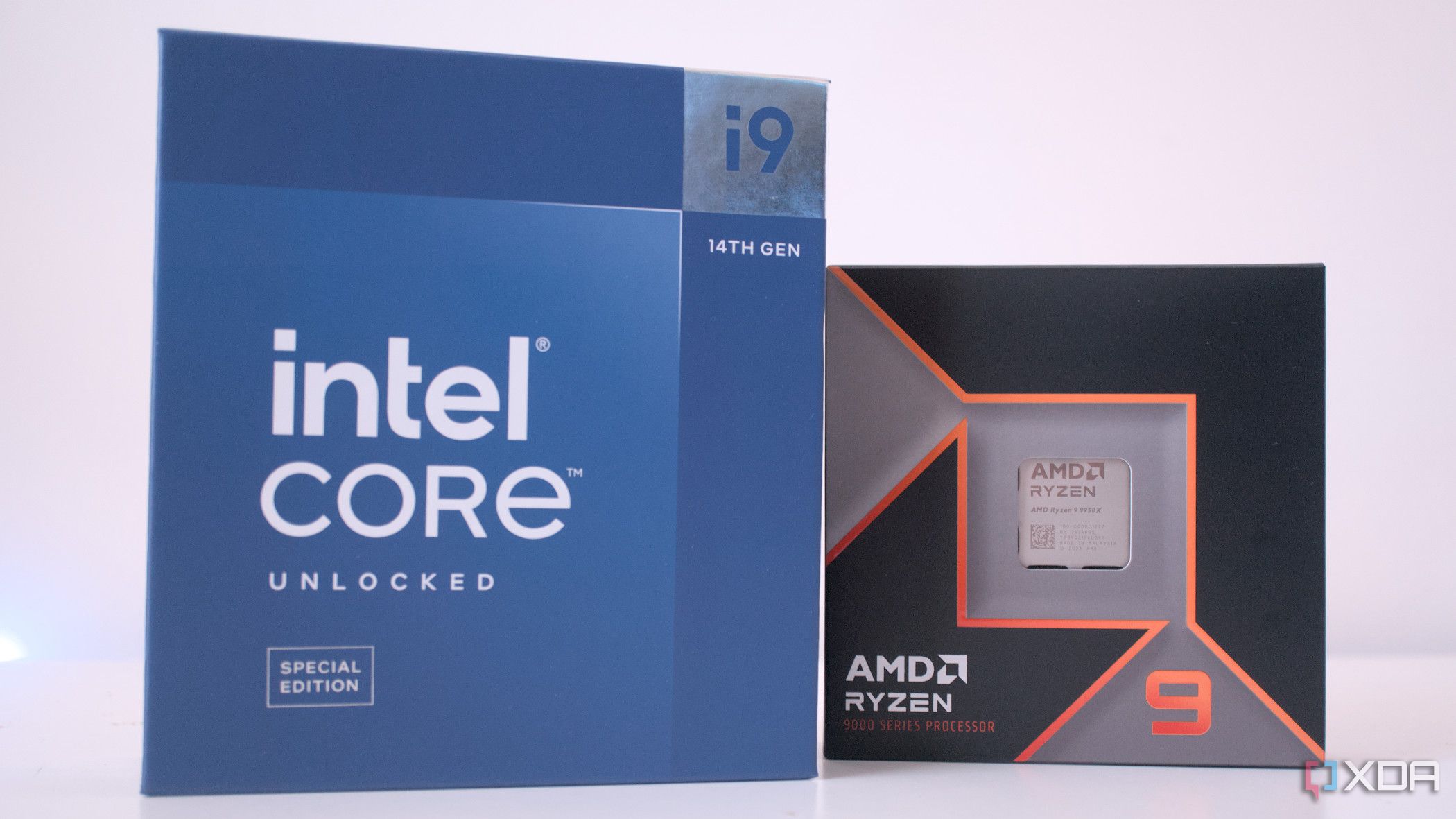Once upon a time, in what feels like a lifetime ago, Intel was far and away the number one choice for CPUs if your goal was uncompromising performance. There were periods of time when they may not have been the best value, or certain workloads might not have favored them, but all-in-all, they completely dominated the 2010s.
This held true for gamers especially, but today’s CPU landscape couldn’t be more different. Intel has fallen behind in many ways, but gaming performance is chief among them. Even when they can be found at a discount, gamers will still choose AMD processors over Intel’s latest, and that’s not by accident.
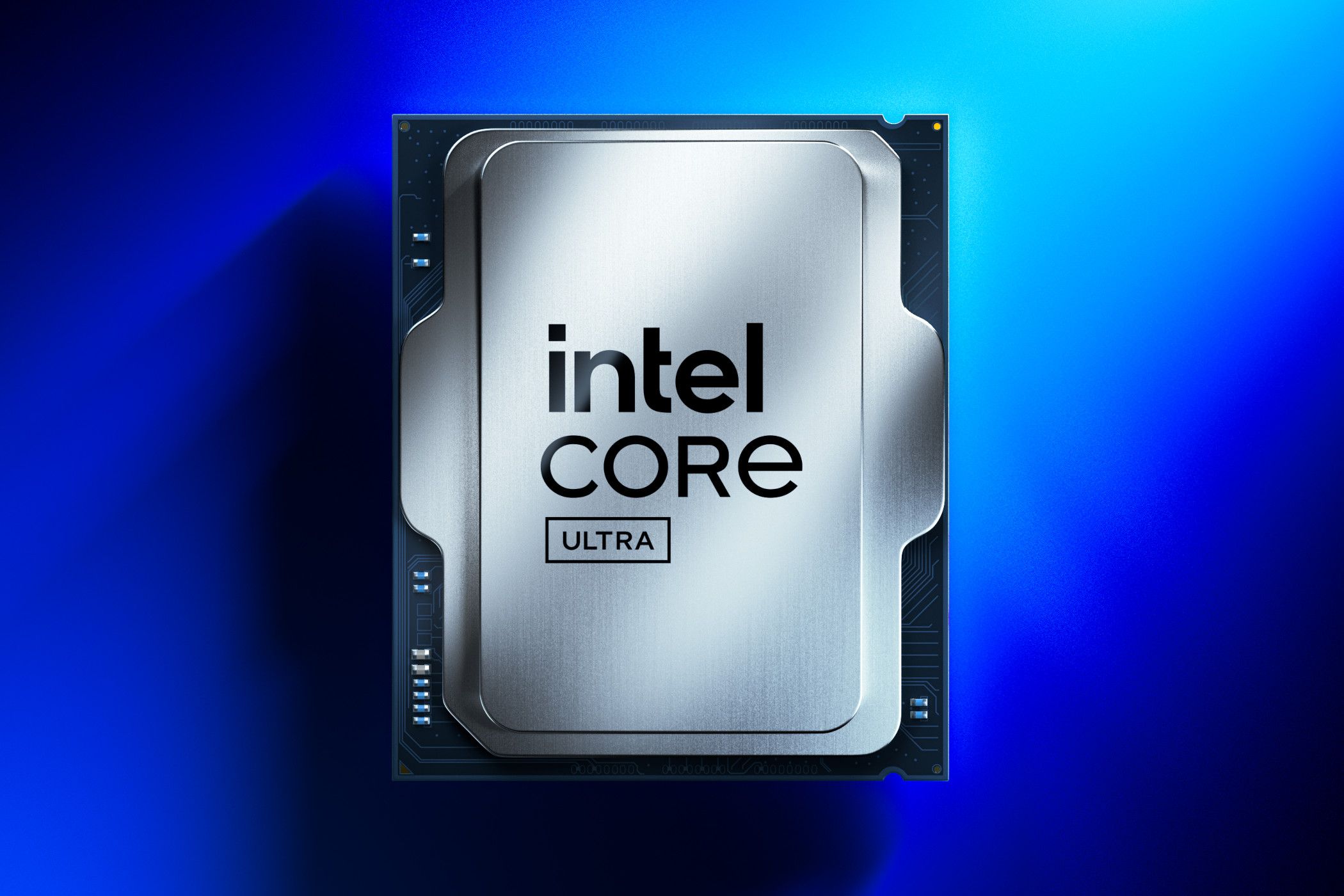
Related
5 reasons to avoid Intel’s desktop CPUs right now
Intel is in a bad place right now, and it’s best to steer clear of Arrow Lake and Raptor Lake for your desktop PC
The proof is in the pudding
Benchmarks don’t lie
When it comes to CPU gaming performance, single core performance reigns supreme, and at the best of times, Intel can only just keep up with AMD’s current offerings. Arrow Lake can hardly keep up with Raptor Lake, let alone a processor like the Ryzen 7 9800X3D, which is currently the benchmark for gaming CPUs. Historically, Intel was the undisputed king in games that required rapid main-thread execution. These are your CPU-bound games, and in those titles today, Intel has fallen behind itself.
Even if Intel works out the kinks that have come with a completely revamped architecture without hyperthreading, there’s no guarantee they’ll suddenly top the charts. Their goal of targeting overall efficiency also hasn’t exactly panned out. The hybrid P-core and E-core structure has done a bit to quench the thirst for power that Raptor Lake had, but it doesn’t widen the gap enough compared to equivalent Ryzen chips. Regardless, playing the efficiency game isn’t going to win over many gaming customers—higher FPS is what gamers are after, and right now, there’s just no real competition.
AMD’s lead is only increasing
Platform longevity means not much is going to change
In the last few years, AMD has built up an impressive product stack for its AM4 platform, something it has continued to release products for as recently as a few months ago. This rather lengthy commitment to a platform that is almost a decade old is another feather in the cap of AMD. It’s not a forgone conclusion that they’ll do the same with AM5, but if history is anything to go by, AMD will make the most out of the current platform before switching to another.
On the other side of the fence, the situation couldn’t look any different. During AM4’s lifespan, Intel went through 5 different socket types, leading to a way more fractured upgrade path. Users were more often than not required to upgrade their motherboard along with their CPU, which added to the cost of already expensive Intel chips.
It’d be one thing if buying an Intel CPU meant you were always getting best-in-class performance, but doing so now means that you’ll be compromising on that in addition to a feasible upgrade path in the future. Even Intel’s next architecture, Nova Lake, is slated to use a new socket again. If you’re looking at building a new gaming PC from scratch today, using Intel could mean your next upgrade requires a total motherboard swap instead of a simple CPU replacement.
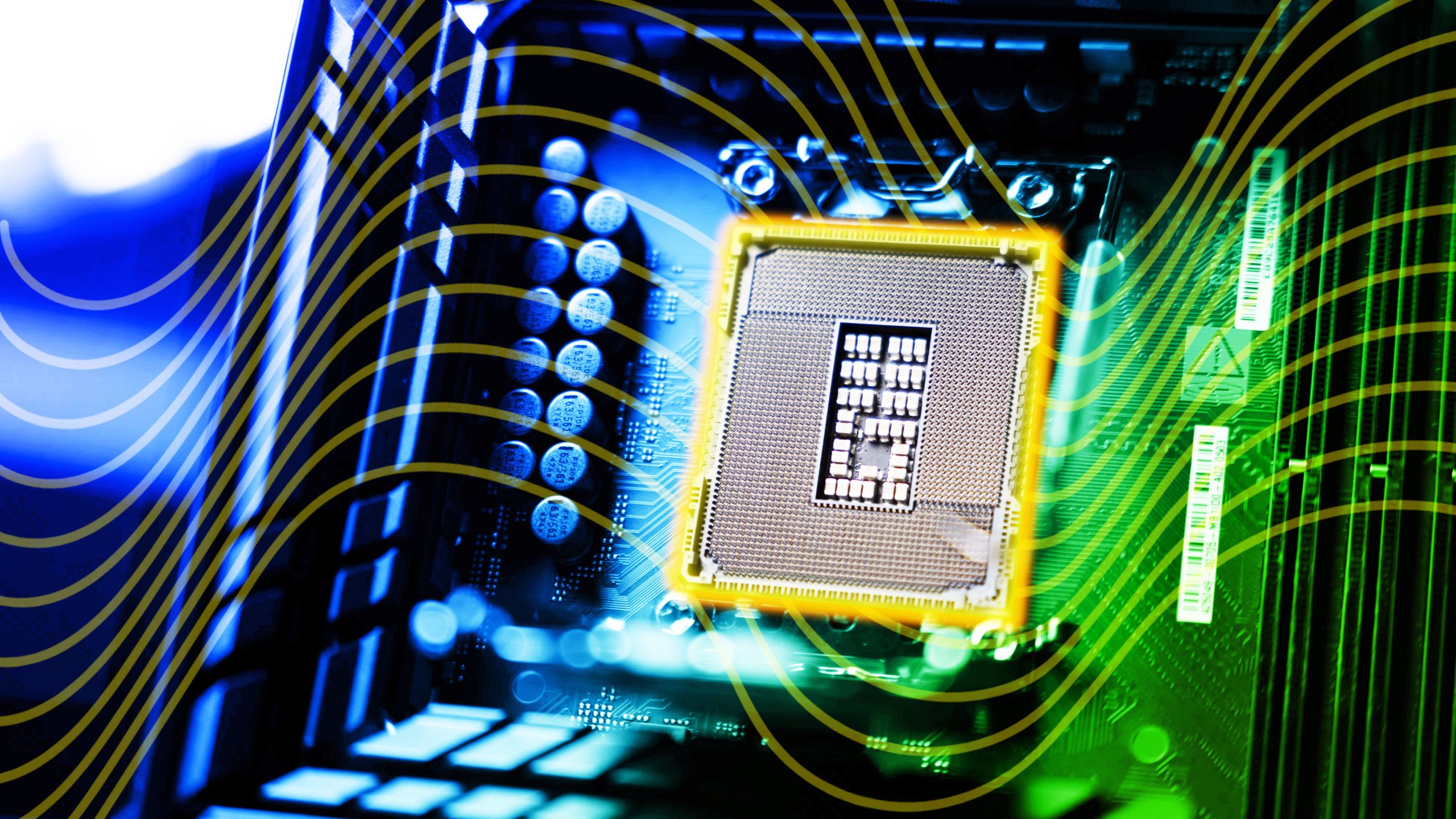
Related
Unlike AMD, why doesn’t Intel stick with the same motherboard socket?
If AMD can make the most out of one socket, why don’t Intel do the same?
Intel still has an edge in non-gaming areas
Productivity-minded gamers might be better off blue
The one workload Intel still has legs in is productivity. AMD’s juiced-up X3D options can hang with and at times even surpass what the Ultra 9 285K is capable of, but combined with features like a dedicated NPU, there may still be reason to opt for an Intel CPU. If you’re a gamer who also does a lot of multimedia or compiling work on the same machine, it’s worth looking into at the very least.
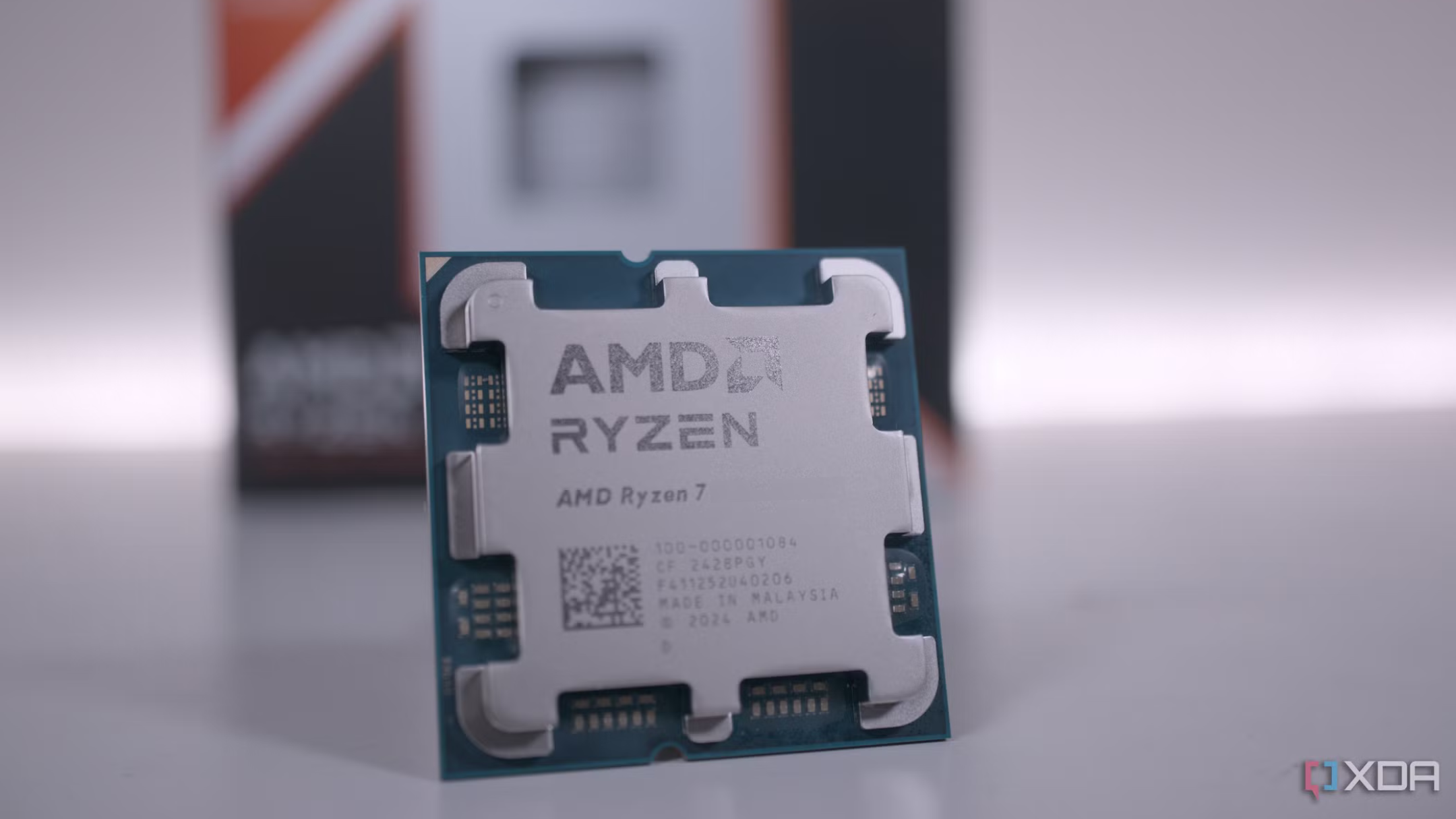
Related
5 reasons why it’s finally time to build an all-AMD gaming PC
Been holding off from building an all-AMD PC? Now’s the perfect time!
Team Red is still probably the better choice
Too many compromises outside pure performance
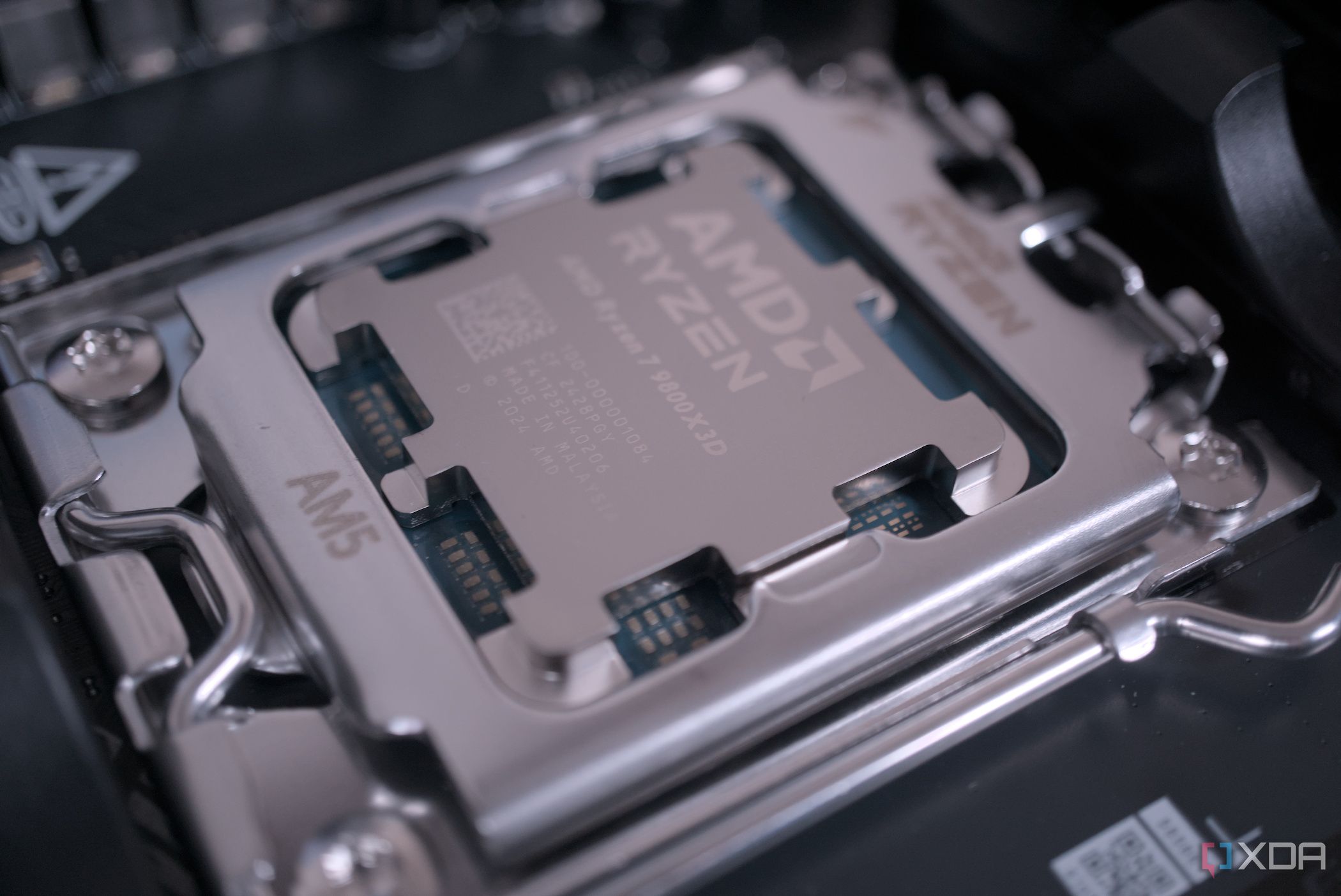
When you look at the big picture though, many enthusiasts will come to the same conclusion I have, which is Intel CPUs just don’t bring enough to the table for gaming at the moment. Unless the Arrow Lake refresh brings performance miracles, 2025 is basically a complete wash for Intel in the gaming space. Compromising on upgrade path, game performance, and pure value just isn’t worth it. Why would you pay more to get less?
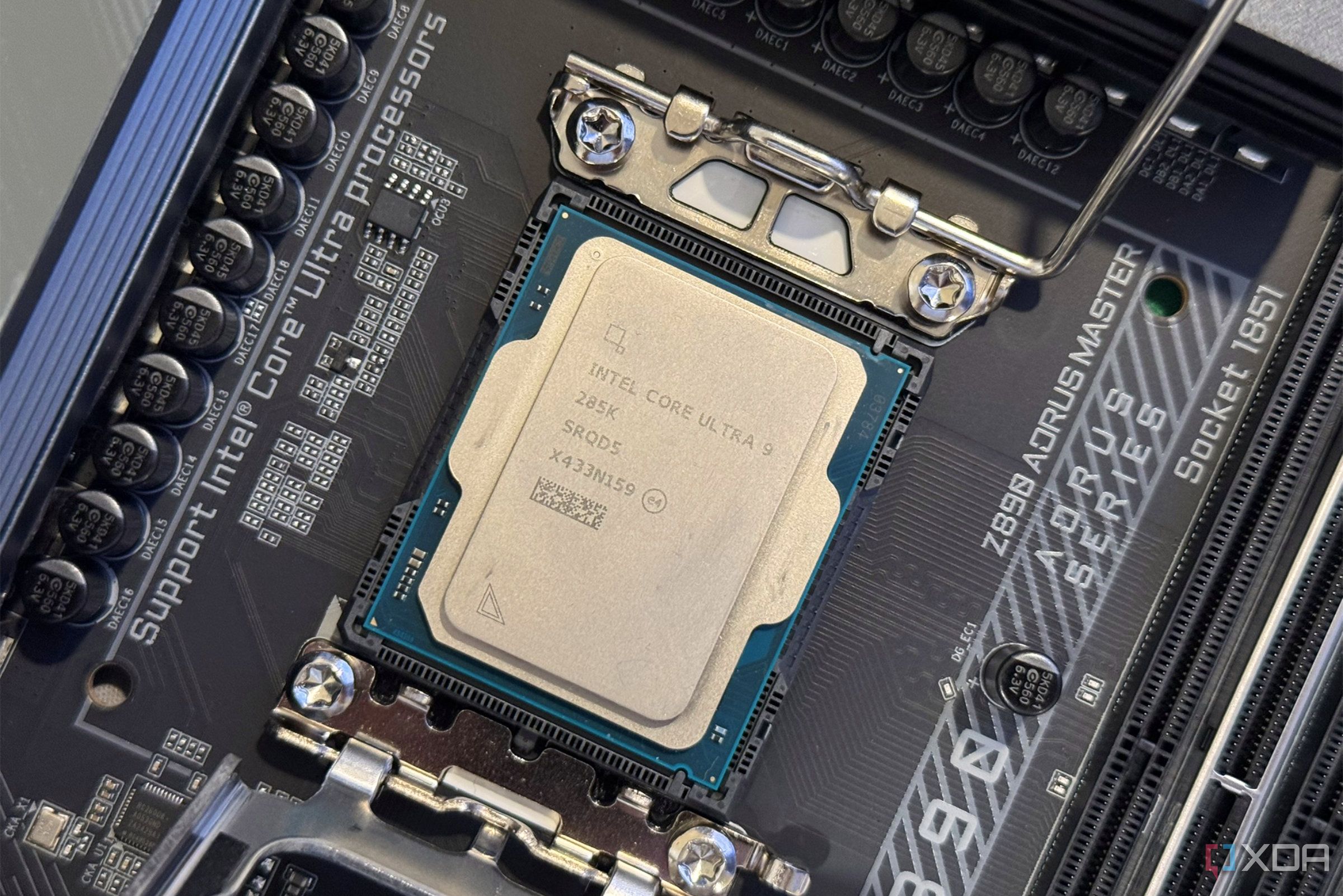
Related
4 ways buying an Intel Core Ultra 200 CPU makes sense
Arrow Lake isn’t all bad and here are some ways it may make more sense than AMD Ryzen 9000.
I hope Intel has a better 2026
I won’t lie, Intel has absolutely earned the criticism they’ve received this year, but I do hope they have a much better 2026. The PC enthusiast space is so much better when there’s real competition happening between the big players in the game, and as evidenced by Nvidia’s current dominance over the discrete GPU market, things can get really bad for consumers when there’s no competition.
